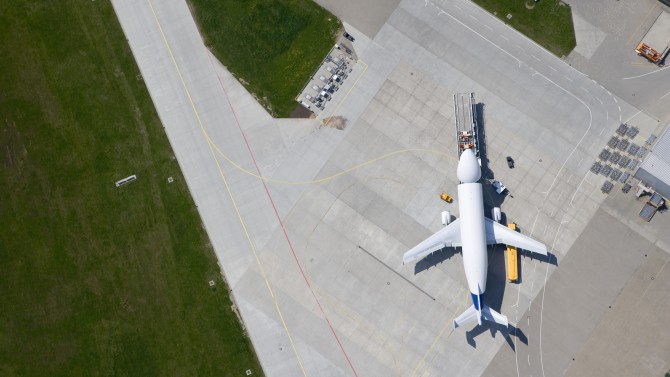
HR: Tax-exempt allowances part of wage
08/04/25
The Supreme Court rules that in assessing whether a redundancy allowance should be classified as an excessive redundancy allowance, the exemptions under the work-related expenses scheme should also be taken into account. This ruling is in line with the conclusion of Advocate General Pauwels and overturns the previous ruling of the Court of Appeal and the district court.

On April 4, 2025, the Supreme Court issued a ruling in a case concerning the wage concept for the excessive redundancy allowance. In the case, an employment relationship was terminated in 2018 for an employee who benefitted from the 30% ruling. The question in this procedure is about how to deal with the targeted exemptions under the work-related expenses scheme, such as the tax-exempt allowance under the 30% ruling, when calculating the excessive redundancy allowance included in article 32bb paragraph 3 of the Wage Tax Act 1964.
The pseudo-final withholding tax on excessive redundancy allowances applies when an employee in the assessment year (often t-2) has a wage that is higher than 680,000 euro (2025). In that case, the employer owes a 75% pseudo-final withholding tax on the part of the redundancy allowance that is considered excessive. Both for determining whether the wage is higher than the assessment wage, and for determining which part of the redundancy allowance is excessive, it is important whether allowances and benefits that are exempt under the work-related expenses scheme should be included in that wage. In this context, a tax-exempt allowance under the 30% ruling is the most striking in numerical terms.
The Supreme Court follows the earlier conclusion of the Advocate General and declares the appeal in cassation well-founded. This means that the targeted exemptions and amounts within the free space of the work-related expenses scheme are part of the wage concept.
Advocate General Pauwels indicates in his earlier conclusion that he struggles with the case. He states that it is clear that after the introduction of the work-related expenses scheme, all allowances and benefits undoubtedly belong to the wage. However, he sees no good 'substantive' reason why a targeted exempt allowance should now 'suddenly' be included in the article 32bb due to the introduction of the work-related expenses scheme, given the subordinate nature of its remuneration character. In conclusion, Advocate General Pauwels indicates that it is not the task of the court to give a different interpretation to the wage concept in article 32bb of the Wage Tax Act. This means that a final withholding tax component belongs to the wage within the meaning of article 32bb of the Wage Tax Act, even if it falls under a targeted exemption or the free space. The fact that the legislator did not explicitly consider this aspect during the development of the work-related expenses scheme does not change this conclusion.
What does this mean for your organization?
With this ruling, it is clear that the wage concept also includes targeted exemptions or payments within the free space of the work-related expenses scheme. Therefore, in determining whether there is a pseudo-final withholding tax on an excessive redundancy allowance, you must also include the non-taxable remuneration elements. This applies to the 30% allowance, but also to other targeted exempt allowances and benefits in the free space of the work-related expenses scheme. It is clear that the assessment of whether an excessive redundancy allowance is due now becomes even more complex and requires even more care.
Related Content


Clarification taxation of international travel days
The Supreme Court attributes half of the travel days of international business trips to the country of departure and the other half to the country of arrival.

Court of Appeal: Ukrainian Employee Not Eligible for 30% Ruling
The court states that for the application of the 30% ruling, the motive for moving to the Netherlands is not decisive.

Expat ruling becomes 27% ruling
The maximum percentage of the expat ruling will be reduced from 30% to 27%.
Contact us





















